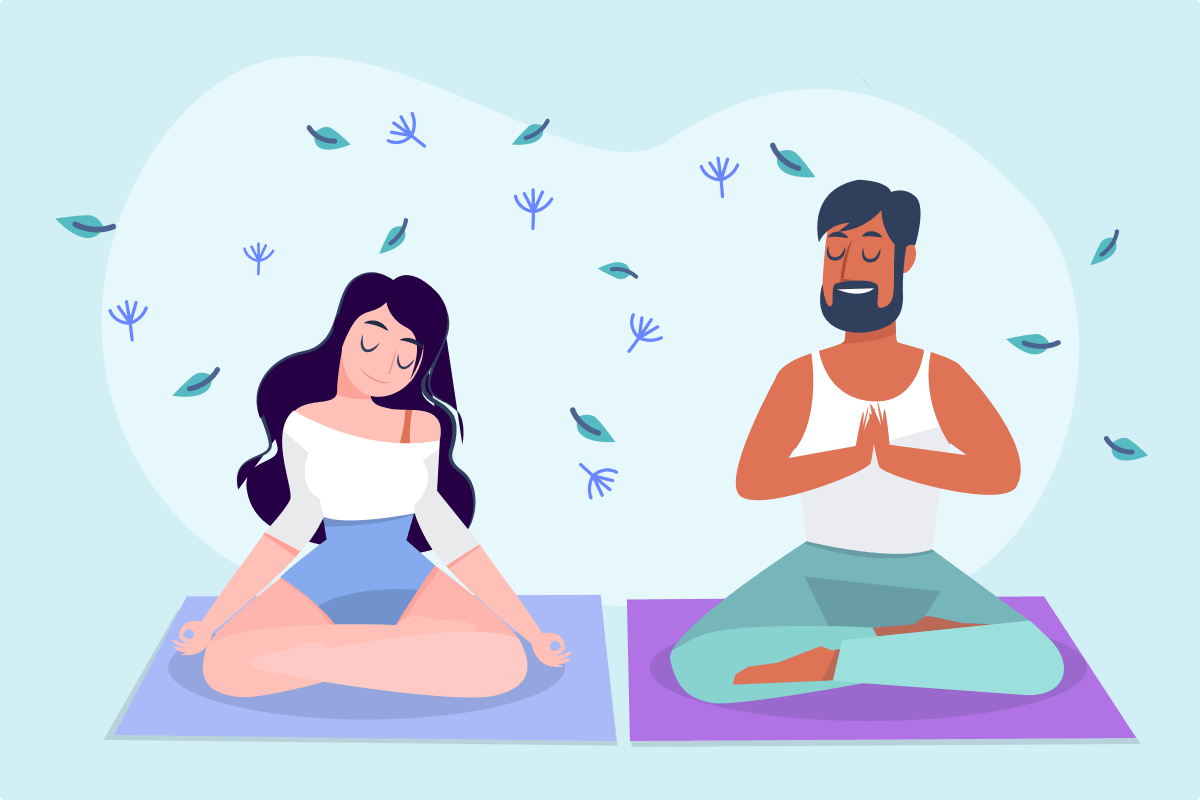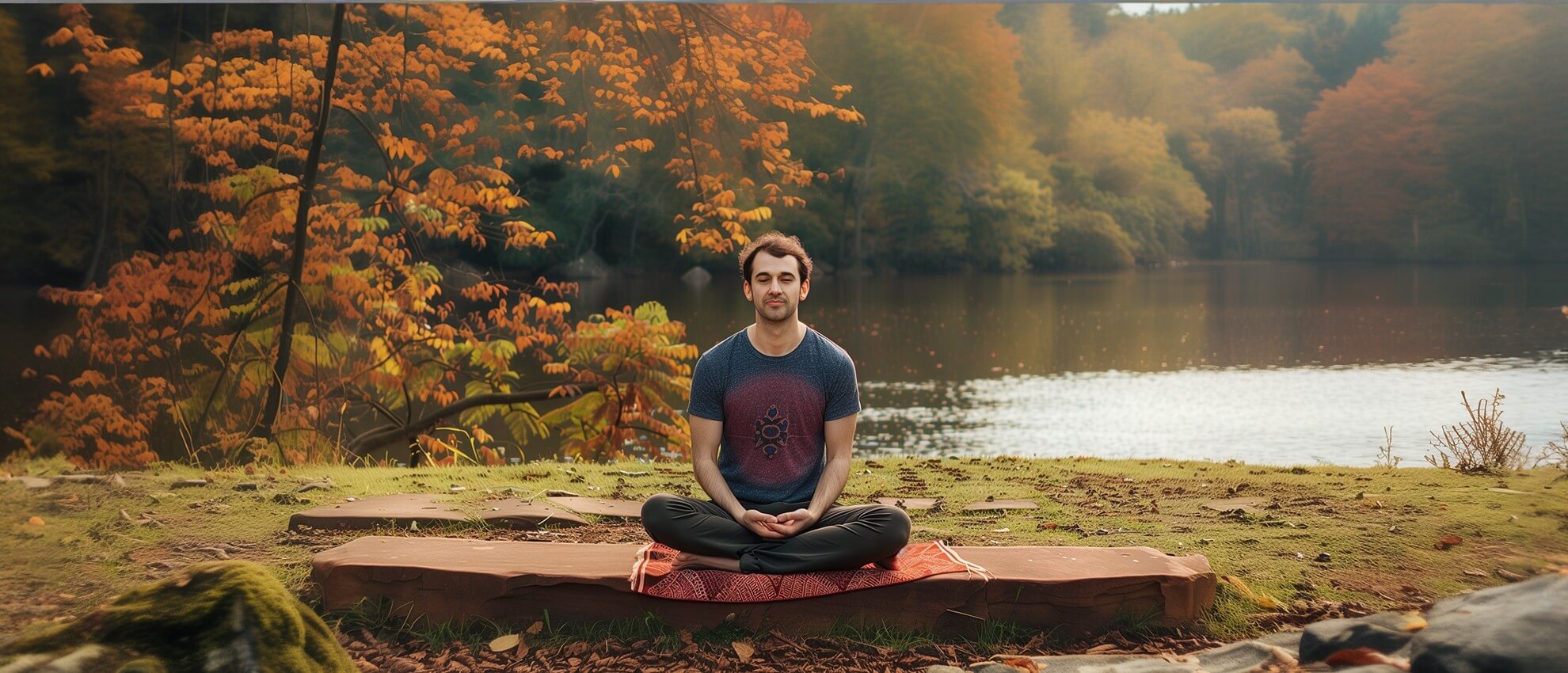A Step-by-Step Strategy on How to Meditate? for Stress and anxiety Alleviation
A Step-by-Step Strategy on How to Meditate? for Stress and anxiety Alleviation
Blog Article
Exactly How to Meditate: A Step-by-Step Approach to Achieving Mindfulness and Tranquility
Meditation functions as an effective tool for achieving mindfulness and psychological calmness in a hectic world. By recognizing the fundamental principles and techniques associated with reflection, people can cultivate a practice that improves their total well-being. This discussion will certainly lay out essential actions, from developing a helpful environment to integrating reflection right into everyday routines. As we check out these components, it ends up being clear that the trip to mindfulness is not just regarding the act of sitting in silence, however instead concerning cultivating a deeper connection with oneself and the world around us. What might this change involve?
Recognizing Meditation
Recognizing reflection entails realizing its basic concepts and techniques, which work as the structure for the method. At its core, meditation is a mental exercise targeted at promoting relaxation, developing internal energy, and developing compassion and understanding. The technique motivates people to focus their attention, commonly with methods such as deep breathing, visualization, or rule repeating.
Reflection can be categorized into numerous designs, including mindfulness, transcendental, and loving-kindness meditation, each with distinct objectives and approaches. Mindfulness meditation emphasizes present-moment understanding and non-judgmental monitoring of feelings and thoughts, while transcendental reflection includes using particular mantras to go beyond average mind. Loving-kindness reflection concentrates on developing a mindset of love and compassion in the direction of oneself and others.
Despite the technique used, the main objective remains regular: to cultivate a much deeper understanding of the mind and its patterns. This self-awareness promotes emotional resilience, quality of idea, and a profound feeling of calm (How to meditate?). By recognizing these techniques and concepts, individuals prepared for a successful reflection practice that can dramatically enhance their overall well-being
Getting Ready For Your Practice
Prior to beginning your meditation technique, it is vital to create a setting for concentrate and relaxation. Select a peaceful space where you are not likely to be disturbed. This might be an edge of a room, a yard, or any kind of location that evokes a feeling of tranquility. Make certain that the location is cost-free and clean of clutter, as a neat atmosphere can aid clear the mind.
Think about the lights, as all-natural light can boost your state of mind and power. Soft, warm lights is often extra relaxing than rough fluorescent lights. Additionally, select a comfortable temperature, ensuring that you are neither as well hot nor as well chilly.
Integrating components that advertise serenity can even more improve your experience. This may include soft pillows or blankets for convenience, along with relaxing aromas from essential oils or incense. It can also be beneficial to have a timer set for your meditation session to stop diversions from clock-watching.
Fundamental Meditation Methods

One more reliable technique is body check reflection. This involves emotionally checking your my latest blog post body from head to toe, observing any areas of stress or pain and consciously kicking back those muscular tissues. This practice fosters a much deeper connection between your mind and body.

Lastly, loving-kindness meditation concentrates on growing concern towards yourself and others. Calmly repeat phrases of goodwill, boosting psychological well-being and interconnectedness. Each of these strategies acts as a foundation for your reflection trip, permitting you to find the approach that reverberates ideal with your personal practice.
Maintaining Emphasis and Mindfulness

Developing a dedicated meditation space can boost the ability to maintain mindfulness. A quiet, uncluttered environment reduces diversions, enabling much deeper immersion in the method. In addition, establishing a time restriction can aid take care of assumptions; beginning with much shorter sessions may relieve the shift into longer techniques.
Making use of strategies such as body scanning or observing experiences can likewise boost mindfulness. These techniques encourage specialists to stay existing and engaged with their physicality, anchoring their focus in the minute. Routine method is vital; the brain builds durability gradually, creating a stronger ability for focus.
Incorporating Meditation Into Daily Life
Including meditation into every day life can change regular activities right into chances for mindfulness and self-reflection. By integrating mindfulness techniques right into common tasks, people can cultivate a greater feeling of presence and tranquility among the busyness of daily life.
Begin by identifying minutes throughout your day where you can exercise and pause mindfulness. During your early morning commute, focus on your breath or the sensations of the setting around you. In the kitchen area, strategy food preparation as an introspective method, savoring the structures, shades, and scents of the active ingredients. Even ordinary activities check that like cleaning dishes or walking can become chances for reflection by guiding your focus to the feelings of activity and the sounds surrounding you.
In addition, setting aside committed times for reflection can reinforce its method. Begin with brief sessions, gradually boosting period as you come to be a lot more comfortable. Usage reminders or hints-- like a certain time of day or a relaxing audio-- to develop consistency.
Eventually, the objective is to weave mindfulness into the material of daily life, enabling you to approach each moment with objective, thus enhancing your total feeling of wellness and clearness.
Conclusion
Finally, effective reflection calls for a silent environment, a comfortable position, and a concentrate on the breath. By permitting ideas to occur without judgment and regularly rerouting focus to the breath, experts can achieve enhanced mindfulness and peace. Incorporating different techniques, such as body scanning and loving-kindness expressions, can additionally enhance the practice. Normal meditation, even briefly sessions, fosters a much deeper connection to the present minute, eventually leading to better calmness and mental clarity in day-to-day live.
Meditation can be classified into numerous styles, consisting of mindfulness, transcendental, and loving-kindness meditation, each with distinct objectives and approaches. Mindfulness reflection emphasizes present-moment understanding and non-judgmental monitoring of feelings and thoughts, while transcendental reflection includes the use of specific rules to go beyond common idea processes.With your meditation room prepared, it's time to explore numerous basic meditation methods that can aid cultivate mindfulness and inner tranquility.Consistently preserving focus and mindfulness during reflection can be tough, especially for address those brand-new to the technique.Developing a devoted reflection room can boost the ability to preserve mindfulness.
Report this page